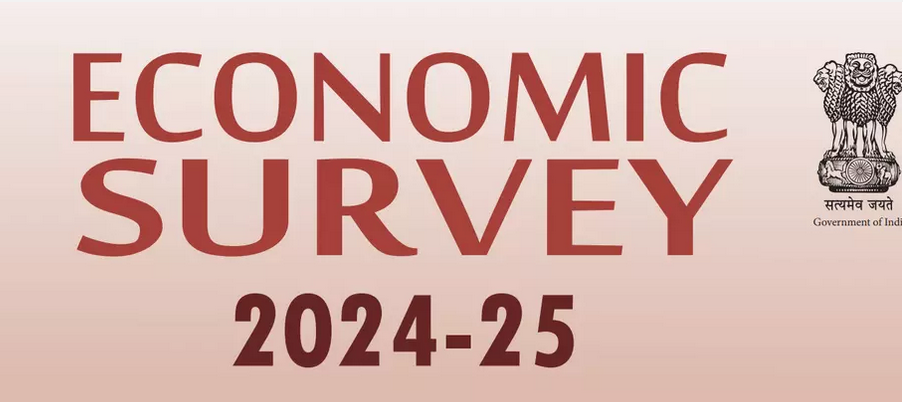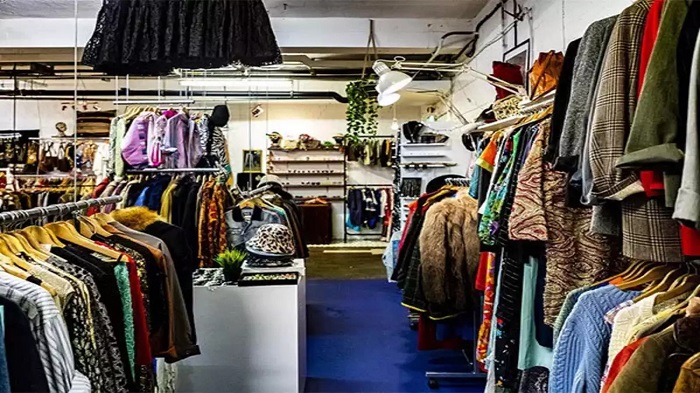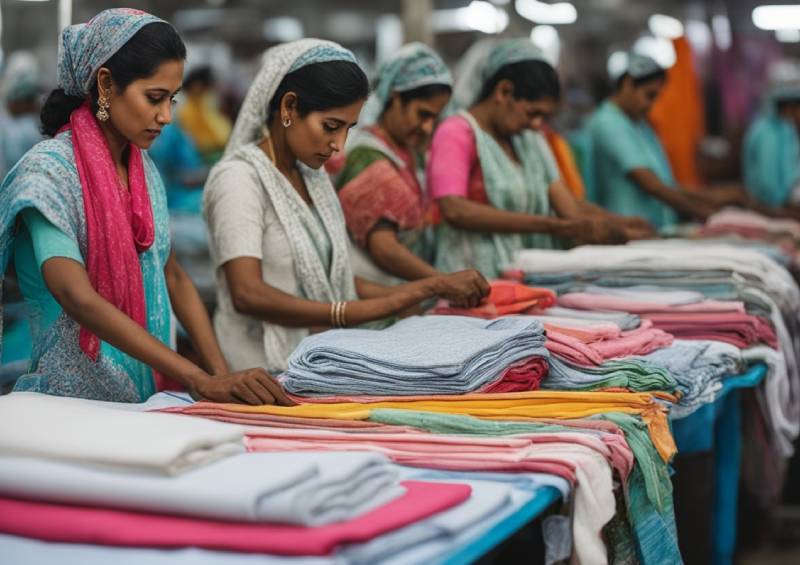Valued at $764.4 billion in 2024, the global e-commerce apparel market is projected to reach $1.2 trillion by 2030, growing at a compound annual growth rate (CAGR) of 7.8 per cent. As per a report by ResearchAndMarkets.com, this growth will be fueled by several key factors, including shifting consumer habits, technological advancements, and adaptive business models.
Titled, ‘E-Commerce Apparel-Global Strategic Report,’ the analysis says, consumers are increasingly turning to online shopping for its convenience, speed, and vast selection. The rise of smartphones and mobile apps has made shopping anytime, anywhere, a reality. Improved internet access and secure online payment systems have further broadened the reach of e-commerce, particularly in developing markets where online shopping is becoming increasingly popular.
Combined with the affordability and ease of online shopping, the rising demand for fast fashion is a major market driver of this growth. E-commerce platforms can quickly adapt to trends, offering new collections, discounts, and flash sales, which encourages frequent purchases. The ability to access international brands online expands consumer choice, creating a global apparel marketplace. This preference for online shopping, especially among younger, tech-savvy generations, is expected to continue driving market expansion.
Technological innovations are constantly enhancing the online shopping experience. Features like AI-powered recommendations, augmented reality (AR) virtual try-ons, and streamlined checkout processes improve customer satisfaction. Data analytics help businesses optimize their supply chains and better meet consumer demand. These technological advancements ensure that e-commerce apparel brands remain competitive, contributing to the overall market growth.
Within the market, women's apparel segment is projected to grow at a CAGR of 7.7 per cent to $827.8 billion by 2030. Meanwhile, the men's apparel segment is poised to grow at a CAGR of 8.5 per cent over the forecast period.












